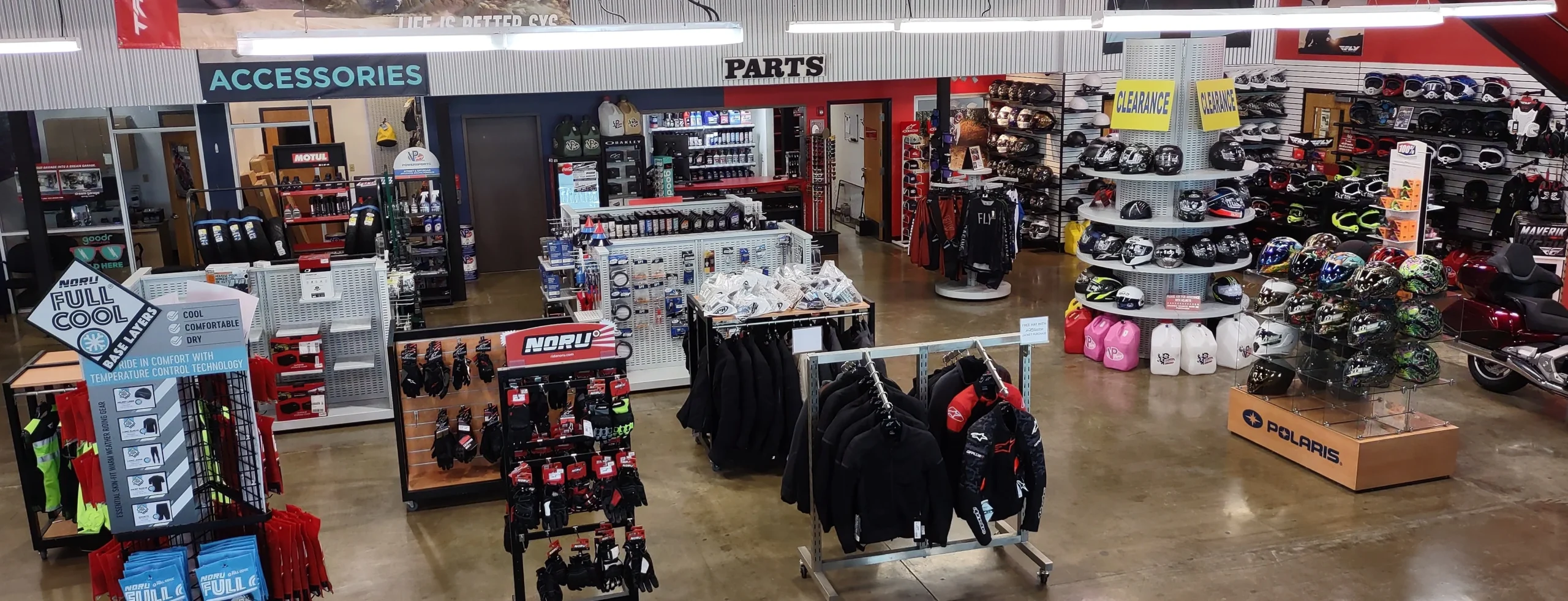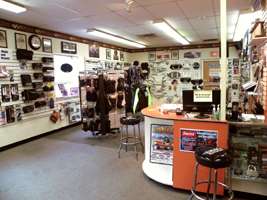Recognizing the Important Parts of a Motorbike: A Comprehensive Guide for Enthusiasts
For motorcycle lovers looking to raise their riding experience and ensure their bikes run smoothly, comprehending the vital parts of a motorbike is paramount. Each component, from the engine's elaborate functions to the important function of the braking devices, not just affects efficiency however also safety and security and comfort.
Engine Components

The camshaft plays an essential duty in managing the timing of the engine's shutoffs, making sure the specific opening and closing needed for effective gas and air consumption, in addition to exhaust expulsion. This timing is crucial to keeping optimum engine performance and performance. Additionally, the carburetor or fuel shot system, depending on the motorcycle design, is in charge of blending air with gas in the proper ratio for combustion.
The air conditioning system, either air or liquid-based, functions to preserve the engine's temperature within operational restrictions, stopping getting too hot and making sure long life - motox parts nz. Each part, meticulously designed and incorporated, adds to the smooth operation of the engine, defining the bike's power result and total efficiency
Transmission System
Essential to the motorcycle's functionality, the transmission system makes sure effective power transfer from the engine to the wheels. This system makes up several critical components, consisting of the clutch, transmission, and last drive, each playing an important role in converting the engine's power right into movement. The clutch, typically run by a hand bar, serves to involve and disengage the engine from the transmission, permitting smooth equipment modifications and controlled velocity.
The gearbox, commonly referred to as the transmission proper, contains a collection of gears that cyclists can manually change through to change the bike's speed and torque result. These equipments are set up in a sequence that allows the motorcycle to accelerate efficiently and keep optimum engine performance across numerous rates. A lot of motorcycles utilize a consecutive gearbox, calling for the biker to change gears in a predetermined order.
Braking Systems
While understanding the transmission system is crucial to utilizing a bike's power, similarly important is the capacity to manage and quit that power properly, which is where braking mechanisms come right into play. Brakes are crucial for safety and performance, supplying the rider with the needed control to browse different surfaces and conditions. Typically, motorbikes include two types of stopping systems: disc brakes and drum brakes.
Disc brakes are much more widespread in modern motorbikes due to their remarkable efficiency. They contain a brake disc, caliper, and pads. When triggered, the caliper squeezes the brake pads against the rotating disc, converting kinetic energy right into warm, thereby slowing down the wheel. This system uses better warm dissipation, regular performance, and boosted stopping power, especially in damp problems.
Conversely, drum brakes, though less common, are still located in some bikes. They work by pressing brake shoes against the inner surface of a drum affixed to the wheel. While typically much less reliable in warmth dissipation and quiting power, drum brakes are less complex and more cost-efficient.
Recognizing these stopping systems' subtleties permits motorcyclists to preserve their motorbikes correctly and appreciate the engineering that ensures safe and reliable stopping.
Suspension and Steering
Suspension and steering systems are essential parts that significantly influence a motorbike's handling and trip comfort. The suspension system, consisting of forks at the front and shock absorbers at the rear, takes in roadway abnormalities, boosting security and control. Front forks, usually telescopic or upside down, compress and rebound to minimize impacts, while back shock absorbers maintain tire call with the road, essential for grip and security.
Guiding, focused around the handlebars, connects the biker to the motorbike's directional control. The steering head bearings make certain smooth operation, enabling accurate maneuverability. Correct positioning and upkeep of these bearings are vital for predictable guiding response and lowering biker exhaustion.
The suspension's adjustability is one more essential element; preload, damping, and rebound setups allow modification to suit numerous riding styles and problems. This versatility is essential for maximizing performance, whether navigating city streets or taking on rugged tracks. Innovations like electronic shock absorber use real-time adjustments, boosting trip top quality across varied terrains.

Electrical Equipments
After guaranteeing a regulated and smooth hop over to these guys ride via reliable suspension and steering systems, interest transforms to the electric systems, an essential aspect of contemporary motorbikes. These systems play a vital function not only in starting the engine however likewise in powering various parts that boost the functionality and safety and security of the motorcycle.
At the heart of a motorcycle's electrical system is the battery, which stores electric power necessary for starting the engine and powering auxiliary systems - motorcycle shop. The alternator or generator, coupled with the rectifier-regulator, ensures the battery remains charged while the bike functions, converting mechanical energy right into electric power and preserving voltage levels
The ignition system, another essential part, is liable for igniting the air-fuel mixture in the engine's cyndrical tubes. Modern motorcycles frequently utilize a digital ignition system, offering greater efficiency and dependability compared motorcycle gloves to standard systems.
Lighting systems, including headlights, tail lights, and indications, are additionally crucial, making sure presence and safety for the cyclist. Added digital elements such as sensing units, control devices, and presents contribute to sophisticated features like fuel shot administration, anti-lock braking systems (ABDOMINAL), and electronic dashboards, even more improving the riding experience.
Verdict
A complete understanding of a bike's vital parts, including the engine, transmission system, braking systems, suspension, steering, and electric systems, is indispensable for enthusiasts aiming to optimize safety and security, efficiency, and convenience. Mastery of these components permits for notified choices pertaining to upkeep and upgrades, inevitably enhancing the riding experience. By integrating this knowledge, motorcyclists can guarantee their motorcycles run at peak performance and reliability, thereby making the most of both satisfaction and longevity of their cars.
For motorbike lovers looking to raise their riding experience and ensure their bikes run smoothly, comprehending the crucial parts of a bike is paramount.Indispensable to the motorcycle's functionality, the transmission system makes certain effective power transfer from the engine to the wheels.While comprehending the transmission system is essential to taking advantage of a motorbike's power, similarly vital is the go to the website capacity to manage and stop that power efficiently, which is where braking systems come into play. Generally, motorcycles include 2 kinds of stopping systems: disc brakes and drum brakes.
A detailed understanding of a motorbike's necessary parts, consisting of the engine, transmission system, braking mechanisms, suspension, steering, and electric systems, is vital for enthusiasts aiming to maximize comfort, efficiency, and security.
Comments on “Check Out the Latest Motocross Gear NZ for Every Level of Rider”